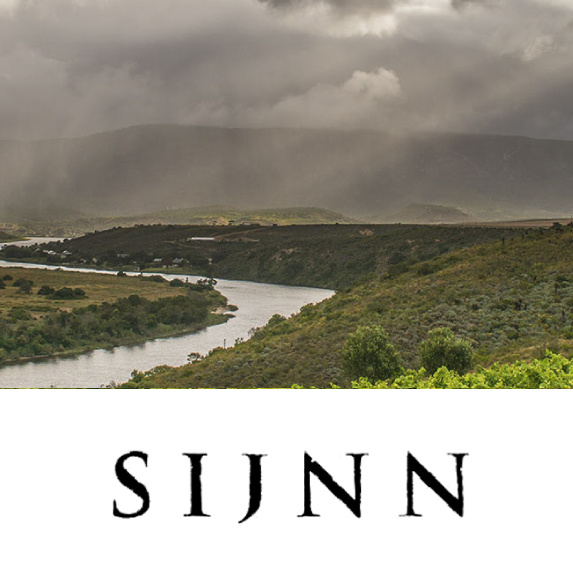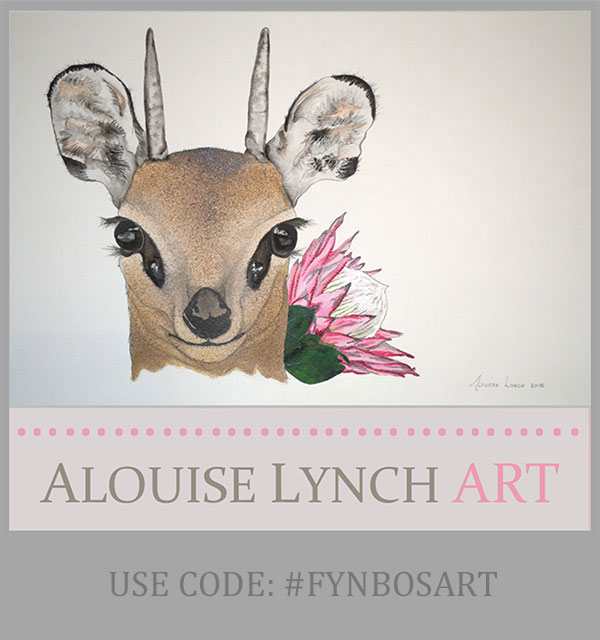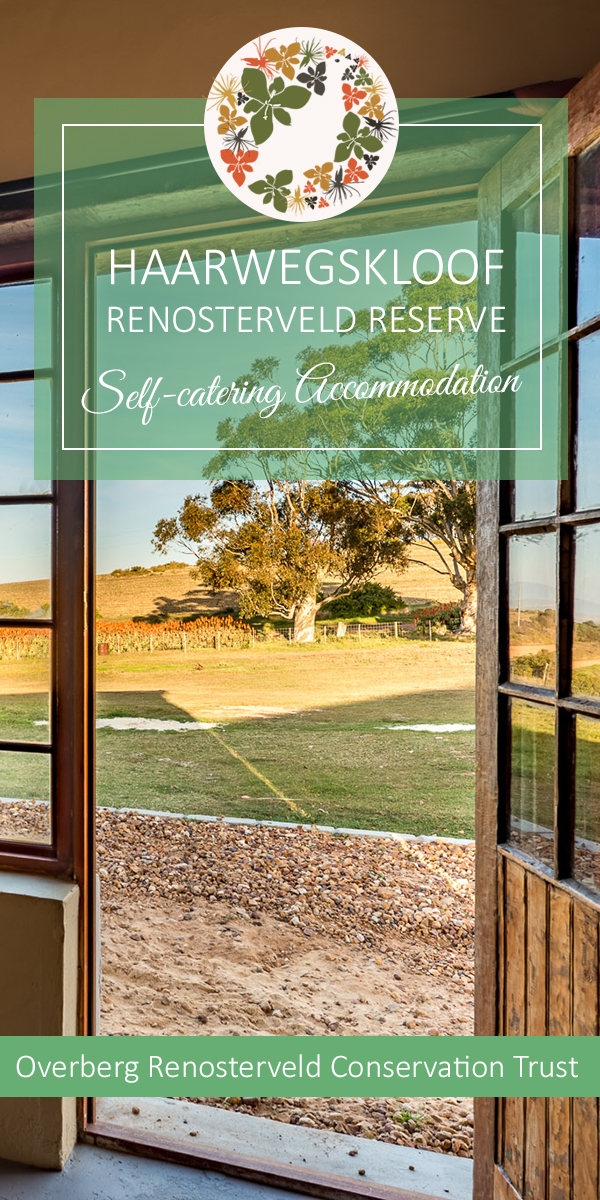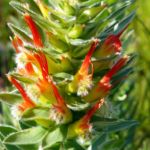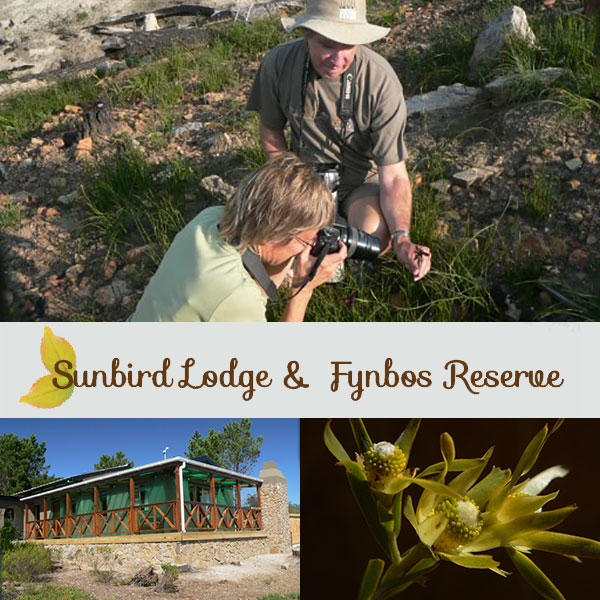
This blog comes from Cape Town, one of the world’s most beautiful cities at the south-western tip of the African continent.

What fynbos flower are you?
Are you a dynamic King Protea? Or a caring Protea compacta? Take our fynbos quiz, and find out more about fynbos – and yourself. And stand a chance to win a two night stay for two people at the Haarwegskloof Renosterveld Reserve, between Bredasdorp and Swellendam in the Overberg. All you need to do is complete the fun quiz, and share your fynbos flower on social media.
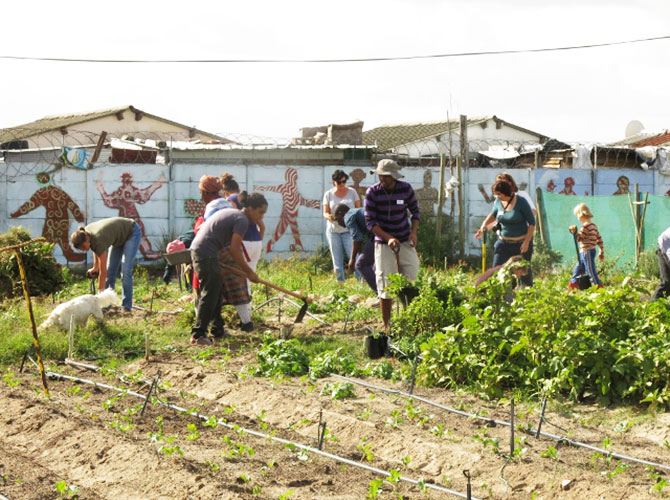
Planting a Wild Food Garden at Moya We Khaya
It is well known that growing your own food is one of the greatest moves that we can make towards eating truly green and sustainably. It cuts the food miles and puts people in control of their own diet destiny in a world where often some of the most ‘sustainable’ and ‘ethical’ large scale supermarket brands still contain ingredients sprayed with vast numbers of chemicals and shipped across the globe, generating a huge carbon footprint. Many people have taken the initiative in the face of these challenges and gardens and allotments brim with lovingly tended carrots and cabbage destined for local dinner tables.
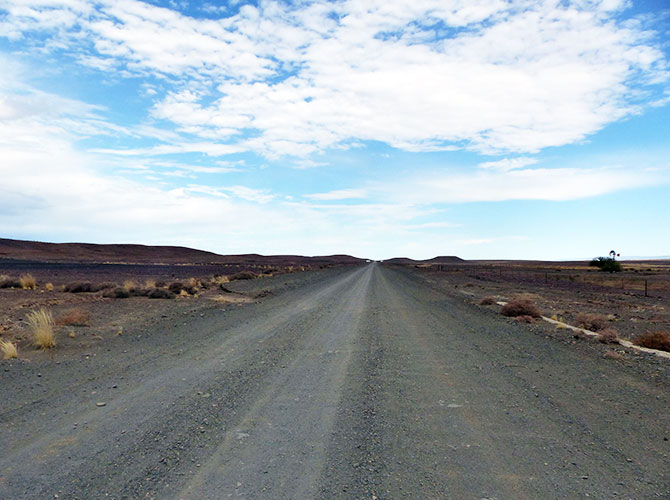
Frenchmen on the Moon: Encounters with Klipvis in the Tanqua Karoo
Since I begun my studies in Botany I have found myself using all sorts of weird and wonderful objects for the purpose for which they were not intended in the name of scientific research. I have processed seed collections using a toilet brush. A car floor mat is also an excellent and most useful tool for this. In this spirit about 18 months ago I was on the hunt for corner markers for vegetation survey plots that could be hammered successfully into concrete hard Renosterveld clay soils.
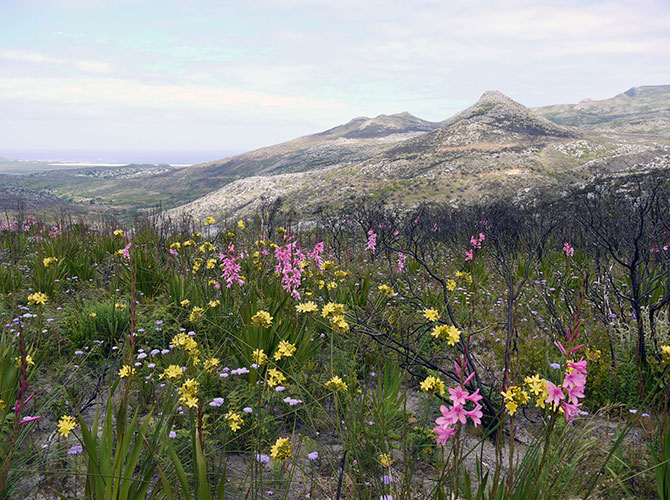
Out of the Ashes: Post fire in Table Mountain National Park
In March 2015 the Peninsula burnt. The biggest veld fire since 2000 raged across Table Mountain National Park. People lost homes and businesses. Bees Marais, one of the country’s top helicopter rescue pilots, tragically lost his life in the line of duty while fighting fire at Cape Point. The blaze and the acrid smoke cloyed the air all over Cape Town, turning the sky scarlet and orange as the sun went down each day.
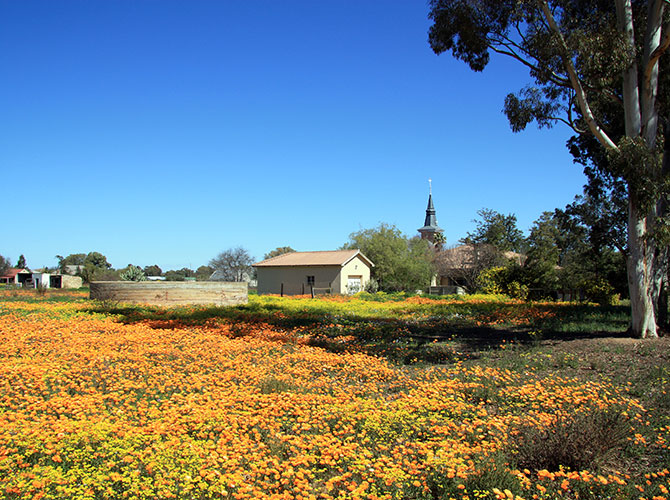
Nieuwoudtville: Bulb capital of the World
“I’m chilling in the tent…..in both senses”. Camping on Namaqualand’s Bokkeveld Plateau in August is not for the faint hearted or those lacking in strong constitution as we were soon to discover! At that time of year it is COLD! Snow on the nearby Hantamsberg is not uncommon in winter and spring and known locally as ‘kapok’ meaning cotton in Afrikaans.
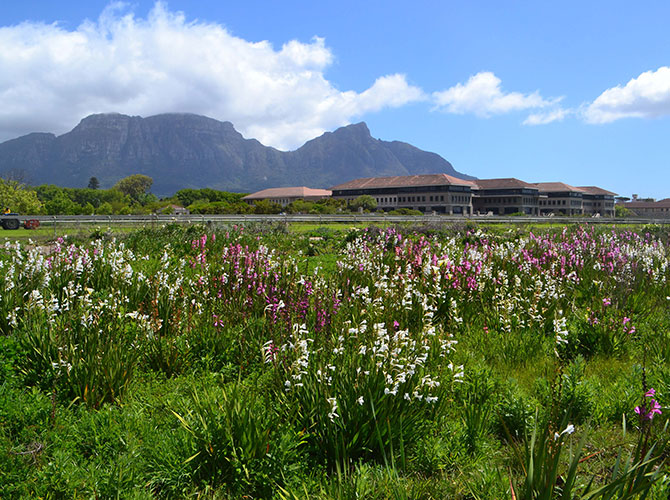
Kenilworth Racecourse: Refuge for a flora on the edge
The City of Cape Town is one of South Africa’s largest urban areas. It is also one of the country’s greatest conservation challenges. The Cape Peninsula, at the south-western tip of the African continent, on which Cape Town has been built happens to be one of the world’s biodiversity hotspots. The Peninsula is home to a total of 2285 plant species, of which 7% are endemic and therefore occur nowhere else on earth.

Cape Town is situated on the rugged and mountainous Cape Peninsula, stretching from the iconic profile of Lions Head, Table Mountain and Devil’s Peak in the north to the Cape of Good Hope in the far south. Table Mountain was voted one of the new Seven Wonders of the natural world.
What makes the Cape Peninsula so special?
The Cape is characterised by a type of vegetation known as fynbos, a Mediterranean climate shrubland that is both fire prone and fire dependent. Fynbos is renowned for its phenomenal plant diversity with a total of more than 9,000 species of vascular plants in an area less than the size of Portugal. The Cape Peninsula has 2,285 plant species and Table Mountain alone has almost 1,500 species in just 57 square kilometres.
Find me on Instagram
Plant Information
Connect on Social
Connect on Facebook, Twitter and Instagram
Taking Action
There are many environmental organisations based in Cape Town and beyond that require the services of volunteers to undertake their work. So if you have a little time to spare please get involved.

